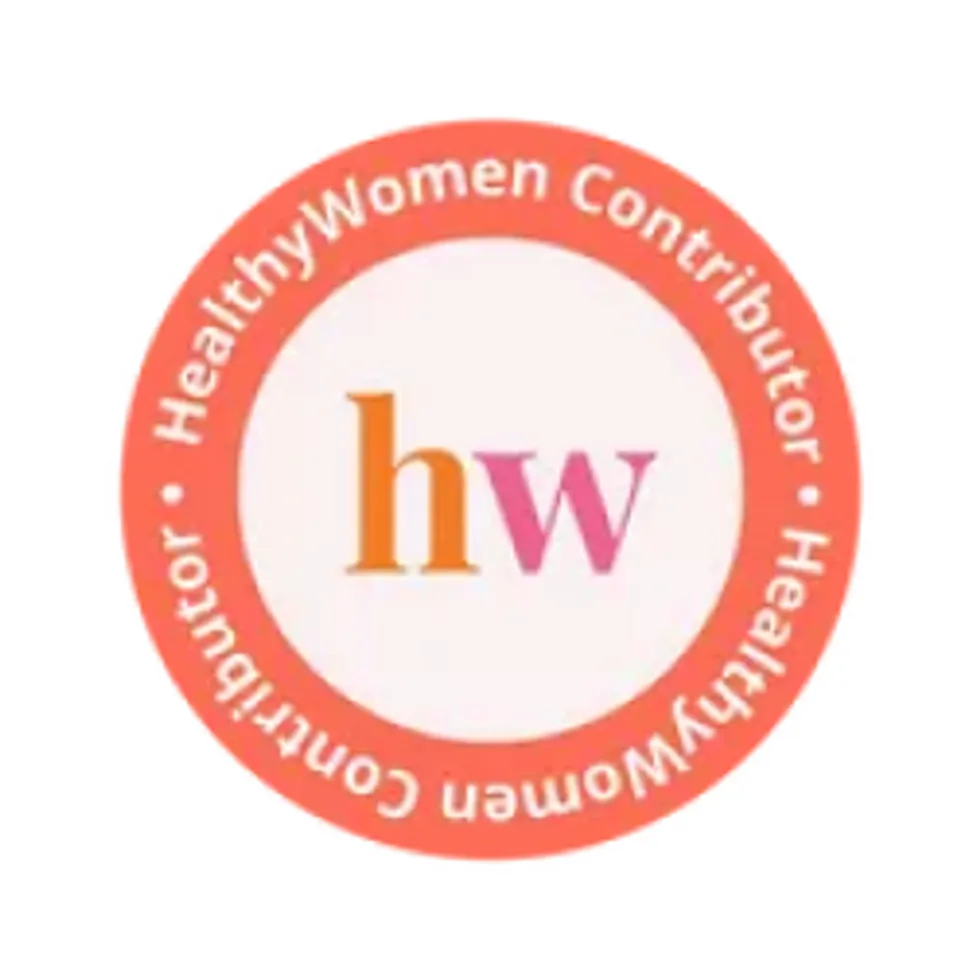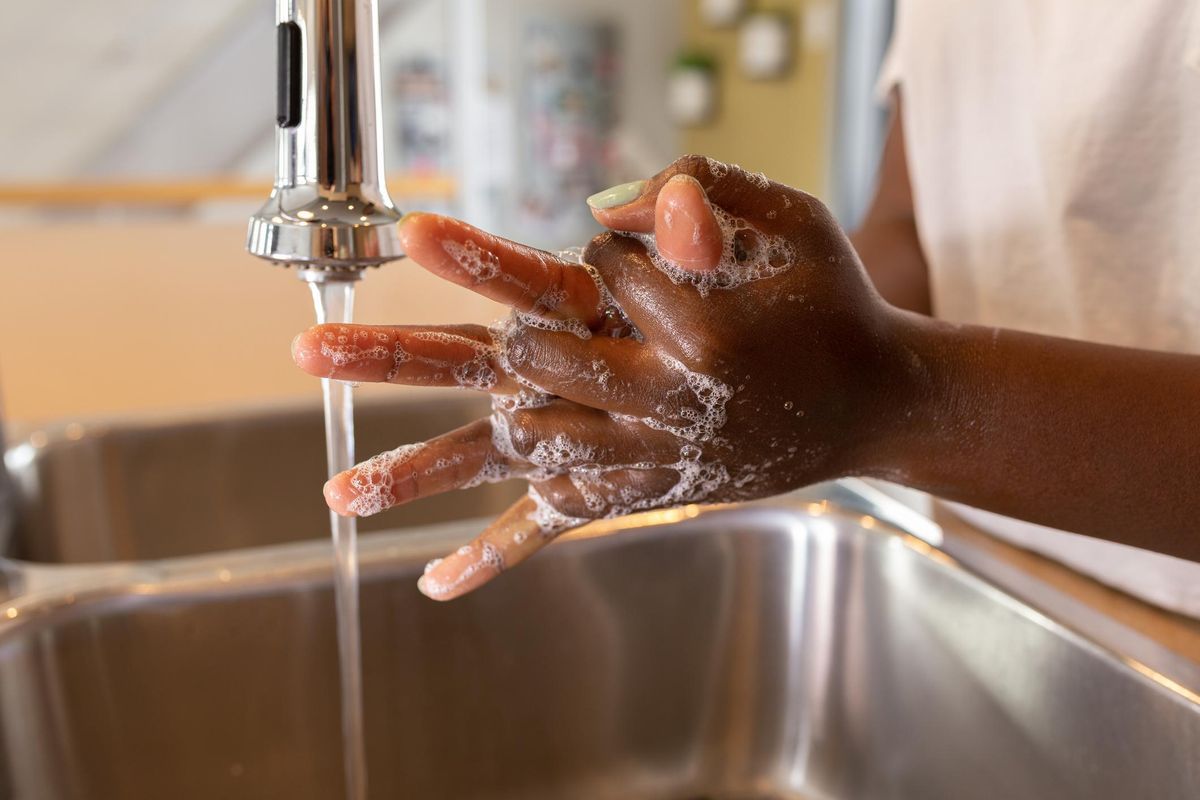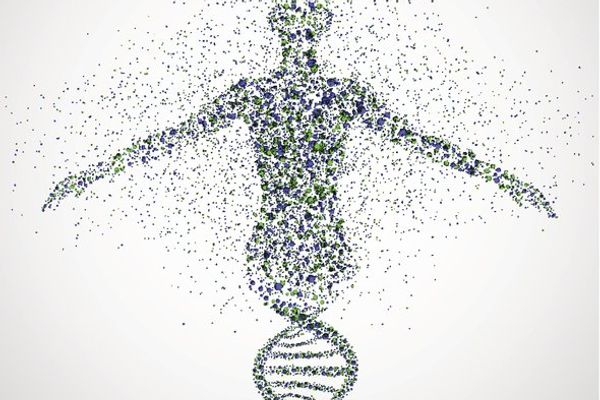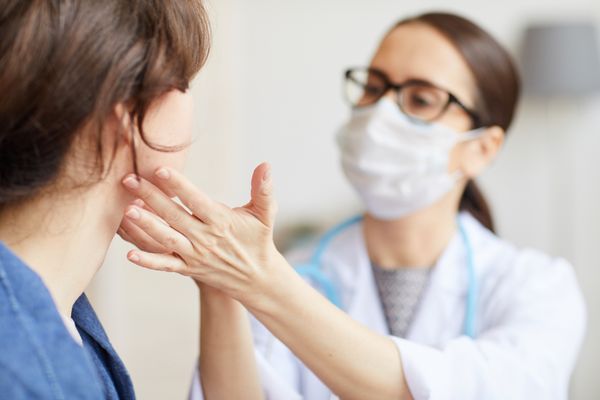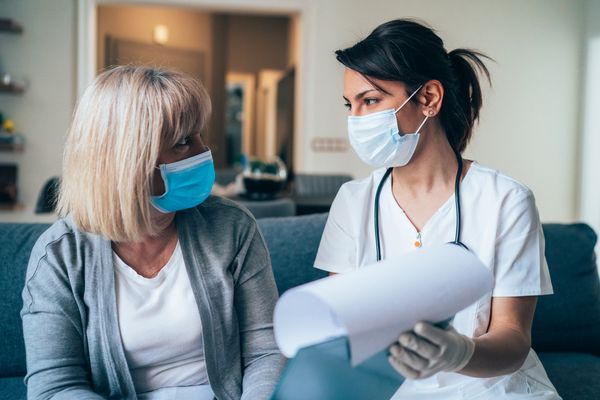When I needed to up my handwashing skills due to COVID-19, I turned to the Backstreet Boys. The chorus of their 1999 hit "I Want It That Way" takes 20 seconds to sing, which is the time recommended by the Centers for Disease Control and Prevention (CDC) for proper handwashing.
Since the pandemic started last March, much attention has been focused on proper handwashing techniques, and how few people wash their hands correctly.
"Judging by what happens in public bathrooms oftentimes, some people have forgotten what optimal hand washing is," wrote Dr. Seema Bonney, founder and medical director of the Anti-Aging & Longevity Center of Philadelphia and a member of HealthyWomen's Women's Health Advisory Council, in an email. "Most people rush handwashing, skip using soap, don't wet their hands or they dry off with an unclean towel."
In light of rising COVID-19 rates, National Handwashing Awareness Week, which runs from December 1 to 7 this year, is a good time for a refresher on how to properly wash your hands.
"Handwashing is by far the best way to keep ourselves from getting sick and preventing the spread of germs," Bonney wrote.
Hygiene history
Up until the late 1800s, people rarely bathed, though they did wash their face and hands occasionally. King Louis XIV of France was said to have taken only two baths during his lifetime. Many people believed that washing opened the pores, which would allow disease to enter the body.
That began to change in the mid-1800s when Hungarian doctor Ignaz Semmelweis started to notice the link between poor handwashing techniques and the spread of disease. Around that time, French scientist Louis Pasteur came up with the germ theory of disease, in which he speculated that tiny microorganisms called germs were responsible for making people sick. (Microorganisms and bacteria had first been observed in 1675 by Anton van Leeuwenhoek, who is said to be the father of microbiology.)
Using Pasteur's research, British surgeon Joseph Lister began using antiseptics in 1864, while performing surgery, to reduce the spread of disease. By the 1890s, germ theory was widely accepted by medical practitioners and reformers who began pushing communities to make bathing more accessible to people in lower socioeconomic classes.
While most Americans now shower every day, handwashing habits vary. A 2016 study found that women are more likely than men to wash their hands. Surprisingly, medical providers have some of the worst habits: A 2014 study showed that their handwashing compliance rates were below 90%, and as recently as April 2019, the CDC found that healthcare professionals wash their hands less than half of the times they should.
"I have had adults just stare at me when I talk about the need to wash their hands (by looking at the hands I know they do not frequently hand wash)," wrote Dr. Joyce Knestrick, a family nurse practitioner, associate professor at Georgetown University School of Nursing and Health Studies, and a member of HealthyWomen's Women's Health Advisory Council, in an email. "I am not sure if it is a lack of education or just not embedded in their routines."
Why handwashing matters
Here's some good news: Due to the pandemic, handwashing rates have been on the rise; more people are washing their hands after coughing, sneezing or blowing their nose; before eating at a restaurant; and before eating at home.
"People definitely view it as an afterthought; however, this pandemic is raising attention to how important this simple action is, and how we can't skip it!" Bonney wrote.
In addition to COVID-19, handwashing can help stop the spread of germs that cause diarrhea, respiratory infections and even skin and eye infections.
"When we come into contact with germs, like this coronavirus, we can unknowingly become infected simply by touching our eyes, nose or mouth," Bonney wrote. "And once we get infected, given how infectious the Sars-CoV-2 virus is, it's a matter of time before any of our contacts are infected with the same illness."
Handwashing misconceptions
"Most people do not wash their hands for the full 20 seconds and do not wash between the fingers and clean the nails," Knestrick said, adding that people need to take off their jewelry to make sure they're washing every surface.
Bonney said that another common misconception is that hand sanitizers can take the place of washing hands with soap and water, despite studies showing otherwise.
"This is not a replacement for good 'ol hand washing," Bonney wrote.
Also, warm water isn't necessary. It might be more comfortable on your hands, but studies have shown that cold water is just as effective.How to wash your hands
Start by wetting your hands, then lathering them with soap and water. Scrub for a full 20 seconds, making sure you cover the back of your hands, your wrists, each finger and under your fingernails. Rinse your hands off and dry with a clean towel or a paper towel, or let them air dry.
"Regular soap is fine, no need for antibacterial soap," Bonney wrote. "Some of the chemicals in antibacterial soap have actually been shown to be harmful."
According to the Federal Drug Administration, many antibacterial soaps contain triclosan, which may make bacteria resistant to antibiotics.
Remember to moisturize
Don't forget the last step of handwashing: Moisturizing.
Frequent handwashing can be harsh on the skin because it strips the skin of its epidermis, the outermost layer that protects your body and helps skin retain its natural moisture.
"This natural barrier is broken down by soap while washing hands, which does not discriminate between unwanted oil, germs, debris and natural oils in the skin," Bonney wrote. "Not applying hand cream can lead to dryness, redness, itching, flaking, discomfort and in severe cases, cracks in the skin."
Bonney recommends avoiding fragranced lotions and moisturizers, as they can further irritate the skin, and instead use creams and ointments.
Lather up for the greater good
Handwashing might feel like an inconvenience, but it's a really simple way we can all help ourselves, our family members — and society as a whole. And it only takes 20 seconds.
